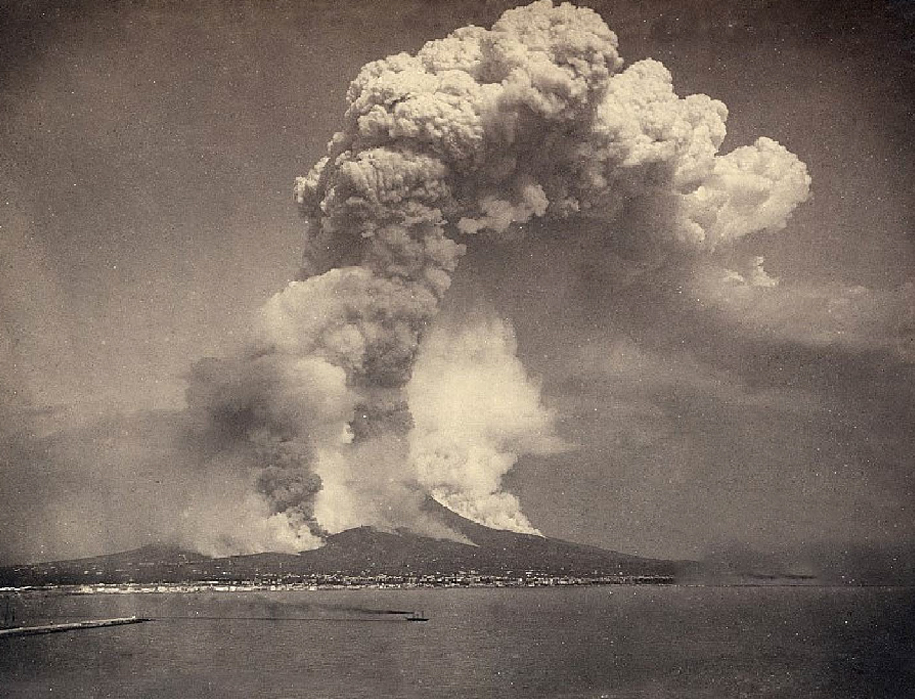The vineyards of Campania are mostly in the hills or slopes where there is a wide variety of grapes The Aglianico grape variety, for example, is particularly prominent in the Taurasi DOCG region.

Located on the eastern coast of the Gulf of Naples in southern Italy, Vesuvius Campania provides the surrounding wine region with a rich soil and mineral-like flavor.
Campania is a famous wine region in southern Italy, located on the west coast of the southern Italian Peninsula, near the Tirhenian Sea and at the southern foot of the Apennine Mountains. The administrative area of this region includes the five provinces of Napoli, Avellino, Benevento, Caserta and Salerno.
Campania is home to more than 100 varieties of native grapes, the majority of which are white grape varieties The region has 19 legal appellations of which 4 are DOCG guaranteed legal appellations and 15 are DOC legal appellations. Although the names of these legal regions are difficult to remember, they can be linked together by varieties. For example, the TaurasiDOCG region, known as the "King of the South" in southern Italy, produces wines with deep pomegranate colors, complex aromas of blackberry, leather and dark chocolate, mineral flavors, moderate freshness, solid tannins and long-lasting aromas.
The vineyards of Campania are mostly in the hills or slopes, and the grape varieties here are different, such as the Aglianico grape variety, which is particularly prominent in the TaurasiDOCG region.
The climate of Kanpania is mild and pleasant, with warm winters and cool summers. Plains account for 14.7%, hills for 50.8% and mountains for 34.5%. It is heavily forested and is an important grape producing area. The coastal area has a mild Mediterranean climate, with dry and cool spring and summer and warm and humid autumn and winter. The further inland you go, the more you can see the difference in air flow, and the characteristics of continental climate become more and more obvious.
In the historical background of Campania, the period of the Great Roman Empire has played an important role. It was the region where the Empire supplied wine. Even through such historical changes as the root nodule infestation disaster and the world War. Campania is still one of the areas contested by the ruling class. For nearly a decade, Campania has devoted itself to traditional trellis cultivation and the improvement of local grape varieties. The quality of wine has been greatly improved.
In general, Campania is a wine region rich in natural resources and historical background.
In addition to wine, Sicily is rich in history, culture and cuisine. Once one of the most prosperous regions in Europe and one of the birthplaces of the Renaissance, its architectural, artistic and cultural heritage is worth exploring. In addition, there are famous Italian dishes and desserts, such as pizza, pasta, ice cream, etc., which also attract many tourists.